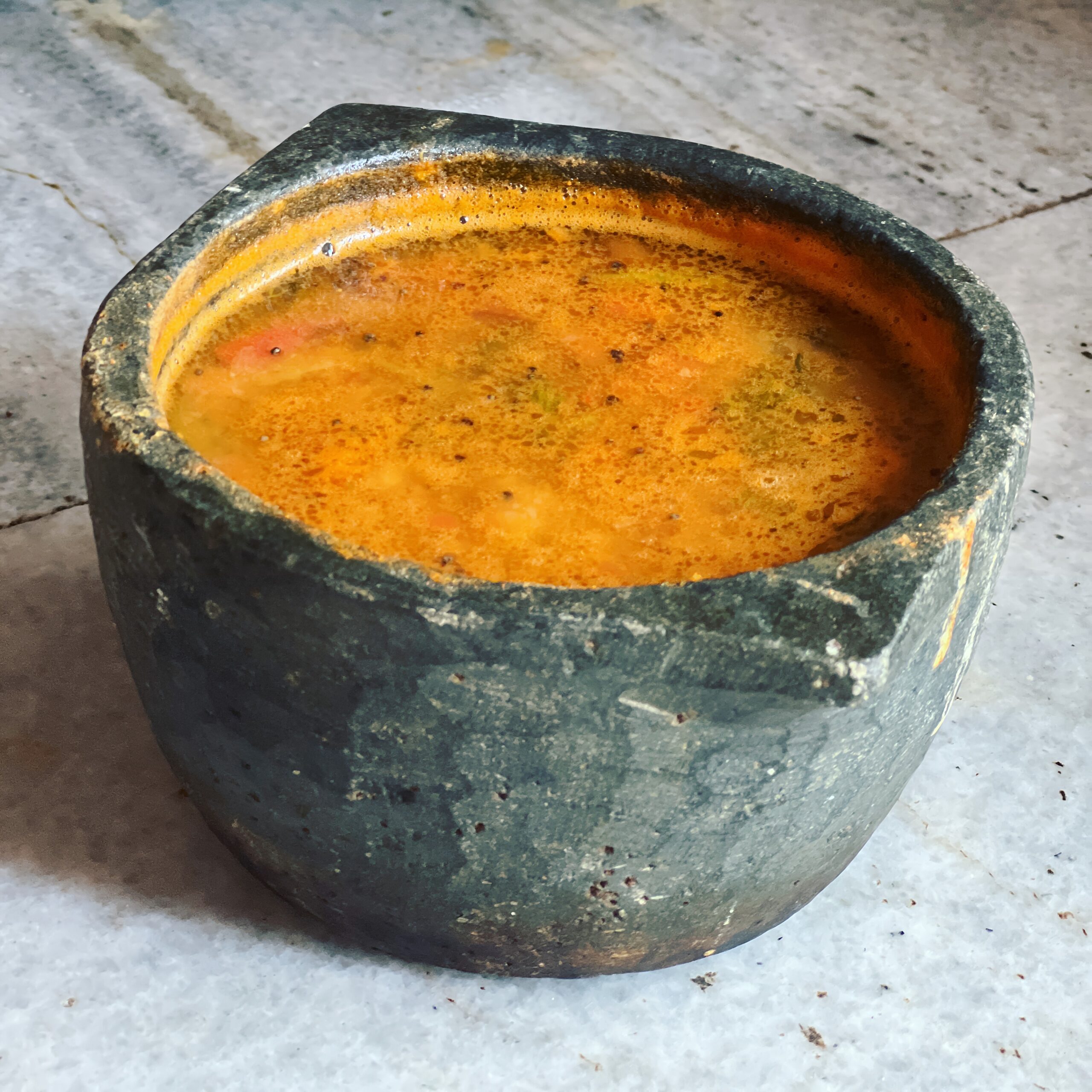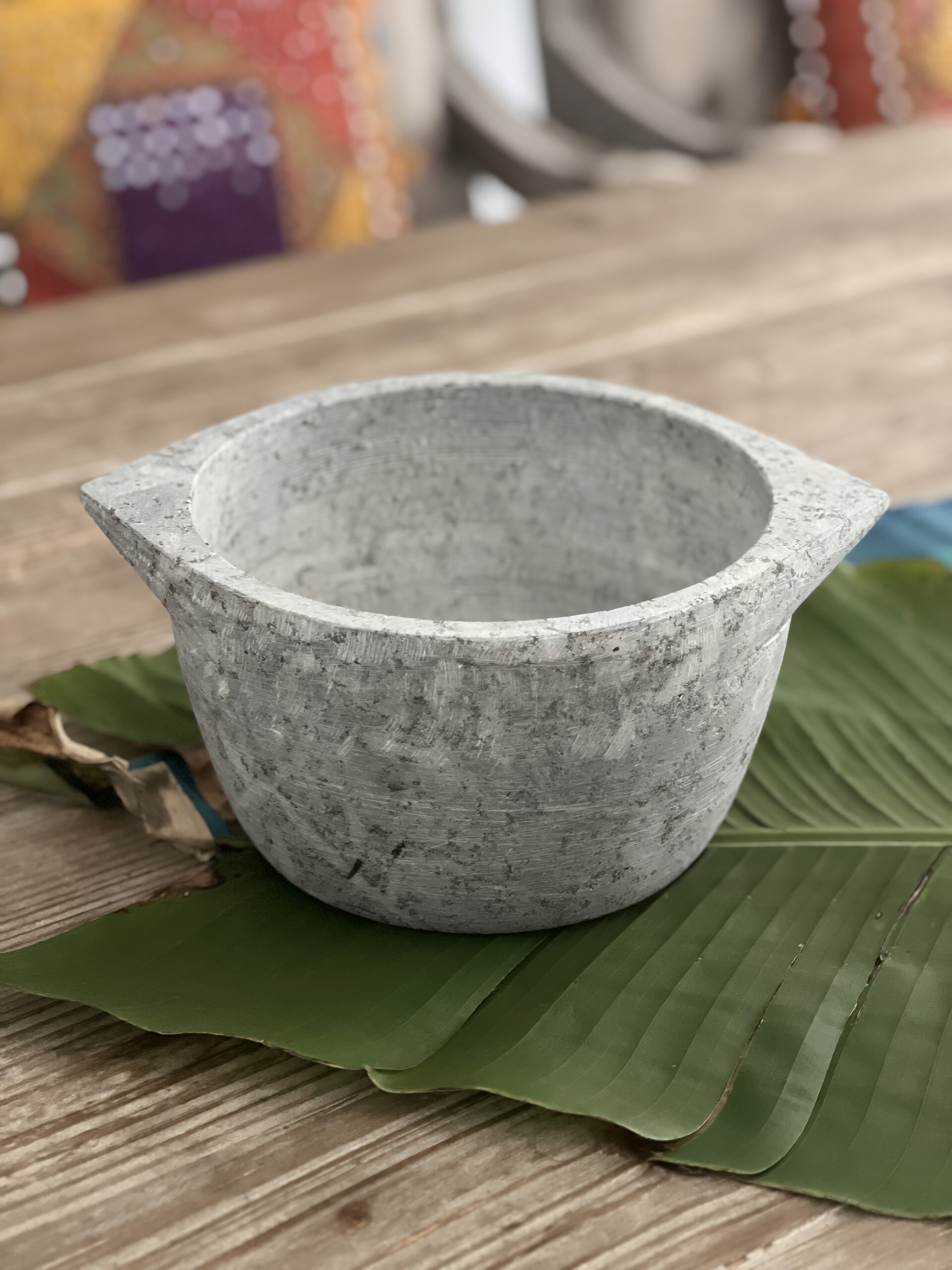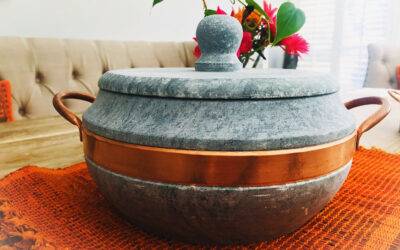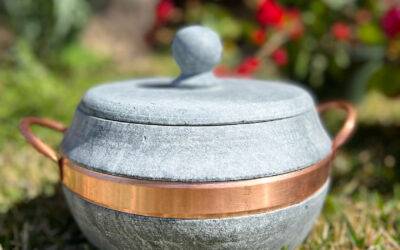
The Kalchatti, an Indian Soapstone pot, holds a unique place in traditional South Indian kitchens. Its natural heat-retaining properties and ability to enhance flavors make it perfect for cooking soulful dishes like rasam. If you’re a fan of slow cooking and rich flavors, preparing rasam in a Kalchatti is an experience you’ll cherish.
What is Kalchatti?
The Kalchatti is made from soapstone, a naturally non-reactive and heat-retentive material. It’s excellent for slow cooking and ensures that the flavors of your ingredients develop beautifully over time. Before you start cooking, remember that a Kalchatti needs to be seasoned properly to enhance its durability and cooking performance.
Why Make Rasam in a Kalchatti?
Rasam, the tangy and spiced South Indian soup, is all about balance. The Kalchatti’s even heat distribution prevents overcooking of delicate ingredients like tamarind and spices. Additionally, the porous nature of soapstone helps retain the aroma of spices and tempering, making every bowl of rasam irresistibly flavorful.
Step-by-Step Recipe for Rasam in a Kalchatti
Ingredients:
- Tamarind – 1 small lemon-sized ball
- Tomatoes – 2, finely chopped
- Cooked Toor Dal (Pigeon Pea) – ½ cup
- Rasam powder – 2 tsp (store-bought or homemade)
- Curry leaves – 10-12
- Black pepper – 1 tsp, coarsely crushed
- Cumin seeds – 1 tsp, coarsely crushed
- Mustard seeds – ½ tsp
- Dry red chilies – 2
- Asafoetida – a pinch
- Ghee or oil – 1 tbsp
- Water – 3 cups
- Salt – to taste
- Fresh coriander leaves – chopped, for garnish

Instructions:
- Prepare the Tamarind Extract: Soak the tamarind in warm water for 10 minutes. Extract the pulp and set it aside.
- Heat the Kalchatti: Place the seasoned Kalchatti on the stovetop. Always start with low heat and gradually increase it to avoid cracks.
- Cook the Base: Add the tamarind extract, chopped tomatoes, and a pinch of salt to the Kalchatti. Let this simmer until the raw smell of tamarind fades and the tomatoes soften.
- Add Spices and Dal: Stir in the rasam powder, cooked toor dal, crushed pepper, and cumin. Adjust the water consistency as per your preference. Let the mixture simmer gently for 5–7 minutes till frothy.
- Prepare the Tempering: In a small pan, heat ghee or oil. Add mustard seeds, let them splutter, then add dry red chilies, curry leaves, and a pinch of asafoetida. Pour this fragrant tempering over the simmering rasam.
- Final Touches: Turn off the heat and garnish with fresh coriander leaves. Allow the rasam to rest for a few minutes in the Kalchatti for the flavors to meld together.
Tips for Cooking in Kalchatti:
- Seasoning: Ensure your Kalchatti is well-seasoned before use to prevent it from cracking and to build a natural non-stick surface.
- Heat Gradually: Always start cooking on low flame and avoid rapid temperature changes.
- Cleaning: Wash the Kalchatti with mild soap and soft scrubbers. Avoid harsh detergents or steel scrubbers.
- Rest Period: Let the pot cool naturally before washing to maintain its integrity.
The Magic of Tradition
Cooking rasam in a Kalchatti is more than just making a dish; it’s about preserving a tradition that connects us to our roots. The flavors are richer, the process feels meditative, and the outcome is a bowl of rasam that’s a testament to the beauty of slow cooking.
So, the next time you crave a comforting bowl of rasam, reach for your Kalchatti and let this timeless pot do its magic!
Have you tried cooking in a Kalchatti? Share your experiences in the comments below!
Ready to bring this timeless classic into your kitchen? Explore the Kalchatti Soapstone Cookware today at seasonalhomeneeds.com and take the first step toward keeping tradition served fresh, one at a time.







0 Comments